Well, folks, that just about does it. The 2010s have officially (And finally) come to a close. The world today looks and feels so different than when the decade started, and I’m not just talking about different world leaders and policies enacted since then. The medium of film has drastically changed in these past 10 years, for better and for worse. From an increasing emphasis on digital filmmaking to a vast expansion of the independent marketplace to more of a focus on blockbusters, the way movies are made and watched are very different than how it was when we were all growing up.
In my mind, this was one of the best decades for cinema in a long while, as artists old and new got to expand the medium in innovative ways. Although this list is VERY late compared to most of my peers, I thought it was still important to share my opinions on this past decade of film. You can agree or disagree with my placement or curation of certain films here, but it’s hard to deny how many ways the medium has fundamentally shifted in such a relatively short period of time.
Because of how sprawling and diverse the offerings were this decade, there were so many incredible films that I was forced to leave out. But I still wanted them to be shared here with a number of honorable mentions, to ensure that they are also recognized for their greatness.
Honorable Mentions:
You Were Never Really Here, The Lego Movie, The Nice Guys, Silence, Hugo, Mission: Impossible- Fallout, Annihilation, Lady Bird, La La Land, Drive, Roma, Mudbound, War for the Planet of the Apes, Inside Out, The Shape of Water, Gravity, Baby Driver, The Grand Budapest Hotel, Super 8, Little Women, Booksmart
Let’s get this overdue show on the road, shall we?
#20: “12 Years a Slave” (2013)

Although certainly not the first film to tackle the issue of slavery, 12 Years a Slave is probably the first one that seriously dives headlong into the psychological toll it takes on those affected by it. Steve McQueen refuses to let sentimentality get in the way of showing Solomon Northup’s real-life captivity and instead goes for a quiet, unflinchingly brutal portrait of one of America’s ugliest chapters in history. It captures not only the individual suffering that Solomon is put through but also the systemic indifference to human cruelty and the collective emotional turmoil it impresses upon others within the system. The film brilliantly points out so many specific areas of trouble in this world, including how Solomon’s intelligence is dangerous for him and that even “nice” slave-owners are still ultimately slave-owners. 12 Years a Slave might be one of the most upsetting films of the 2010s, but McQueen’s masterful touch and Chiwetel Ejiofor’s convincing turn as Solomon Northup make it one of the most essential as well.
#19: “Interstellar” (2014)

Spoiler alert: This will not be the last film by Christopher Nolan that you will see appear on this list. Comparisons to Stanley Kubrick’s 2001: A Space Odyssey are inevitable for many, but there’s something to be said about the filmmaker’s endeavor to create an original space epic that relies on scientific plausibility. Whether it’s the eerily possible future of sandstorms in the future or the physics of brand new worlds to potentially colonize, Nolan uses Interstellar to really try and push the medium in new and exciting ways. Despite primarily taking place in the cold, vast vacuum of space, there’s still a palpable emotional core as the characters race to another galaxy to save their own loved ones. And it’s all set to Hans Zimmer’s immaculately ethereal score, perhaps one of the best soundtracks of the last decade. It really is the kind of movie that Hollywood just doesn’t make anymore and seeing this film in IMAX was a theatrical experience unlike any I ever had before.
#18: “Prisoners” (2013)
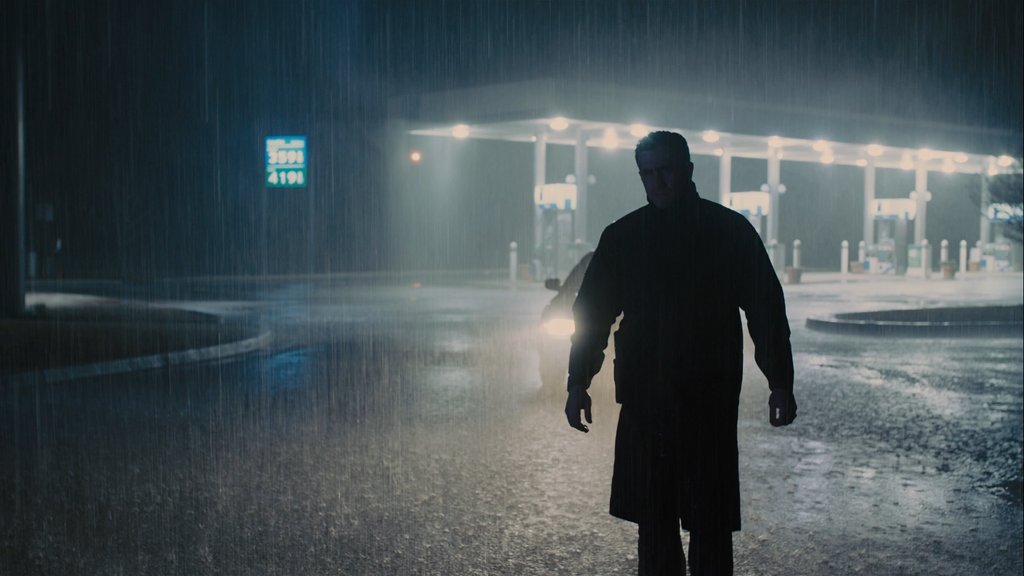
This was the film that introduced the English-speaking world to Denis Villeneuve, and boy what an introduction it was. The story itself is fairly simplistic; two girls go missing in a small Pennsylvania town and one father goes to extreme lengths to find the truth. What’s so refreshing and engrossing about Prisoners is that it takes its time with this setup, examining the emotional toll this tragedy takes on families as well as the frustration by the police of not finding a convincing lead. It proved that Villeneuve could not only draw immense performances out of his star-studded cast but also that he could manage to balance expository dialogue with visual storytelling. Because Roger Deakins proves once again that he’s the greatest living cinematographer in the business with so many lively and astonishing shots for such a heavy film. But it wouldn’t be until a few years later that he finally received the proper recognition among the filmmaking world.
#17: “Cloud Atlas” (2012)

I’ve talked at length about how sorely underrated Cloud Atlas is, but I really believe more people should watch it. In fact, I’d go as far to say that it’s Lana and Lilly Wachowski’s magnum opus- yes, even surpassing The Matrix -and feel comfortable enough calling it one of the most ambitious films of this generation. Rather than simply being “about” one thing, The Wachowskis and Tom Tykwer weave six different stories across many centuries to make a parable on fate and time. Its tonal balance is astoundingly perfect, held together by a magnificently beautiful theme song and a stellar ensemble that plays many roles of varying importance. This is one of those films where, even if it doesn’t totally work in the end, it’s almost impossible not to at least admire what all parties involved are reaching for here. It’s a touching and deeply humanist epic that isn’t afraid to take big risks, the kind of film that should be championed more often.
#16: “The Social Network” (2010)

Do you remember a time when social media hadn’t totally consumed our daily lives just yet? Those days are becoming increasingly obscure to me, and The Social Network provides an incredible glimpse of how the creation of Facebook completely changed human life as we know it. It’d be so easy to end the story with Mark Zuckerberg and Eduardo Saverin celebrating their victory, but the film shows the consequential alienation created by a social networking site. This unlikely emotional pull helps drive home the point that even though these people made it to the top, they’re left all alone on the way. The cynical script by Aaron Sorkin is balanced out by David Fincher’s unlikely empathy for Mark Zuckerberg, who- despite complaints from the real-life mogul of historical inaccuracy -is portrayed by Jesse Eisenberg in a now-iconic performance. And with Facebook, Twitter, and many other social media sites consistently finding themselves in the news for all the wrong reasons, The Social Network has (unfortunately) only become more pertinent in our world.
#15: “Avengers: Endgame” (2019)

Love it, hate it, don’t care in the slightest about it, the Marvel Cinematic Universe has redefined franchise filmmaking as we know it. And while it’s had many great entries since its inception, it arguably reached its peak last year with Avengers: Endgame. Bringing together 11 years and 22 movies worth of stories and characters is no small task, but the Russo Brothers achieved something truly unprecedented here. The superhero epic pays homage to all of the movies that came before it without devolving into numbing fanservice, and manages to pack a real emotional wallop for longtime followers. It’s so humongous in scope and so relentlessly entertaining that it practically dwarfs the first installment of The Avengers into a little playset. Regardless of how I feel about the franchise’s cultural dominance, Endgame has some of the most satisfying moments I’ve ever watched in a movie theater.
#14: “Logan” (2017)
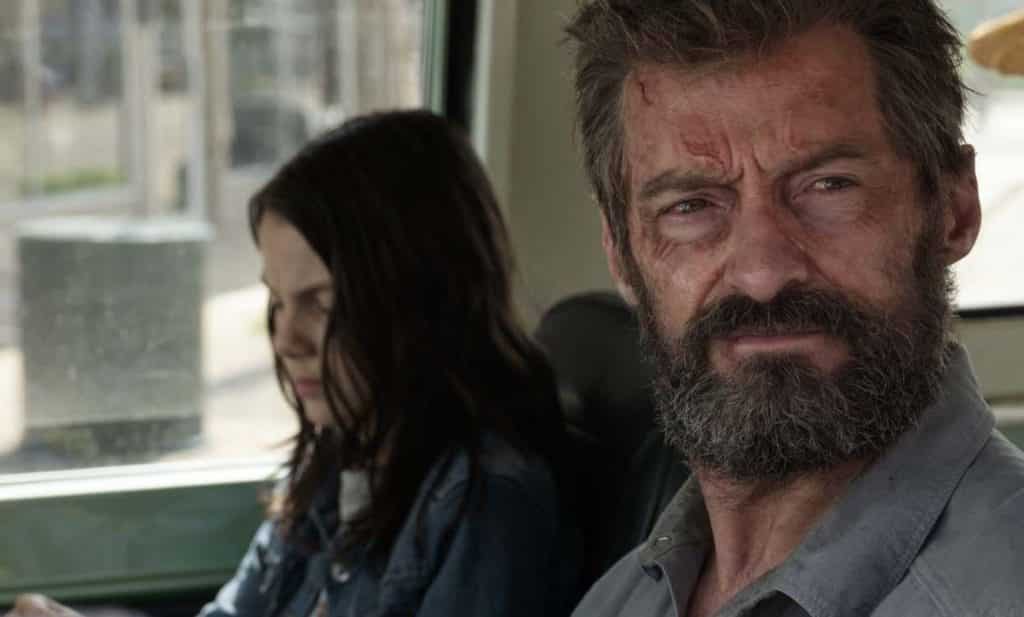
If you’re looking for something a bit more substantial and lowkey for your comic book movie, than I can’t think of a better one than Logan. James Mangold took the beloved character of Wolverine and put him in the context of a somber and hyper-violent neo-Western and boy it worked like gangbusters. But unlike Deadpool, the violence here actually carried a lot of weight and maturity and wasn’t just meant to get the satisfaction of teenage boys. There’s an emotional sucker punch to every claw mark and bullet wound heal as both Wolverine and Professor X survive a world that has deteriorated before their eyes. The father-daughter dynamic between Logan and Laura is undoubtedly the heart of the whole film and thankfully, Hugh Jackman gives a terrifically heartbreaking sendoff to his iconic role while newcomer Dafne Keen more than holds her own.
#13: “Arrival” (2016)
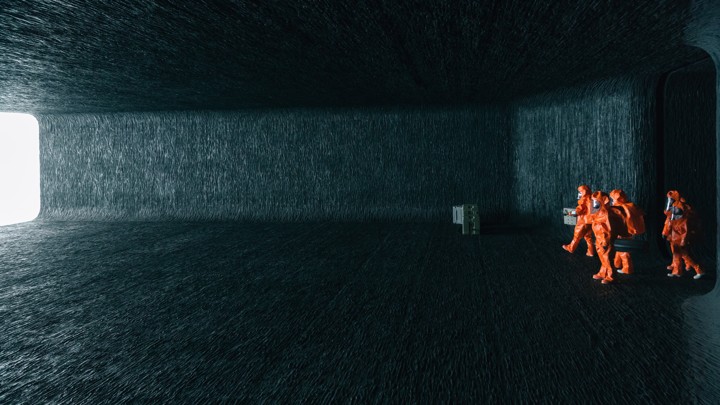
Watching a film like Arrival is like being reminded why science-fiction is filled with so much more potential than just cool technology and explosions. Yes, I do love seeing those two on the big screen but thankfully, Denis Villeneuve is way more interested in taking a mature and speculative approach to the genre. Released during perhaps the most venomous and divisive period of recent American history, this film showcased the unbridled power of language and how the slightest change in translation can make all the difference in the world. Watching scientists and linguists meet with an unknown alien encounter and attempt to decipher their message is unbelievably captivating and a genius concept that examines the perils of communication in an increasingly standoffish world. Armed with an incredible performance from Amy Adams, this is one of those rare sci-fi movies that will please even viewers who don’t particularly care for the genre.
#12: “Paddington 2” (2018)

I can’t think of any movie from the last 10-20 years that was as pure-hearted and innocent as Paddington 2. Completely devoid of any cynicism from the world it inhabits, the family film defies all expectations and provides an illustrious example for why unconditional kindness is worth it, especially in these trying times. And even if we were to look past that, Paul King does everything in his filmmaking powers to make this an entertaining romp for all ages, from the Wes Anderson-esque art direction to Hugh Grant’s scene-stealing turn as the villainous Phoenix Buchanan. There’s a perfect balancing act between humor for various ages so that it doesn’t come off as pandering towards any specific audience, all held together by Ben Whishaw’s delightful performance as the marmalade-loving bear from Darkest Peru. I defy anyone to watch Paddington 2 and not feel moved into unbridled happiness and optimism.
#11: “Parasite” (2019)

Late-stage capitalism is rampant everywhere, and while many artists have attempted to highlight the issues it raises, Bong Joon-ho sweeps them all out by a wide margin. Bong definitely broke out into the wider world of cinema this past decade and while I briefly considered putting Snowpiercer on here instead, there’s just something so enthralling and beautiful about what he does here. Parasite is pretty much a culmination of everything he’s ever done or attempted as a filmmaker, bringing together all of his stylistic trademarks and themes. Bong has certainly tackled class and privilege before, but the way he does it here is both fiendishly entertaining and unnervingly real. The first half plays out like an unconventional yet topical dark comedy before morphing into something much more sinister and powerful, ensuring that its impact will not be lost on viewers after the credits roll. And that doesn’t even touch on its momentous and history-making victory at the Academy Awards, which finally saw the Hollywood elite look past the one inch-tall barrier of subtitles and give world cinema the recognition it deserves.
#10: “A Separation” (2011)
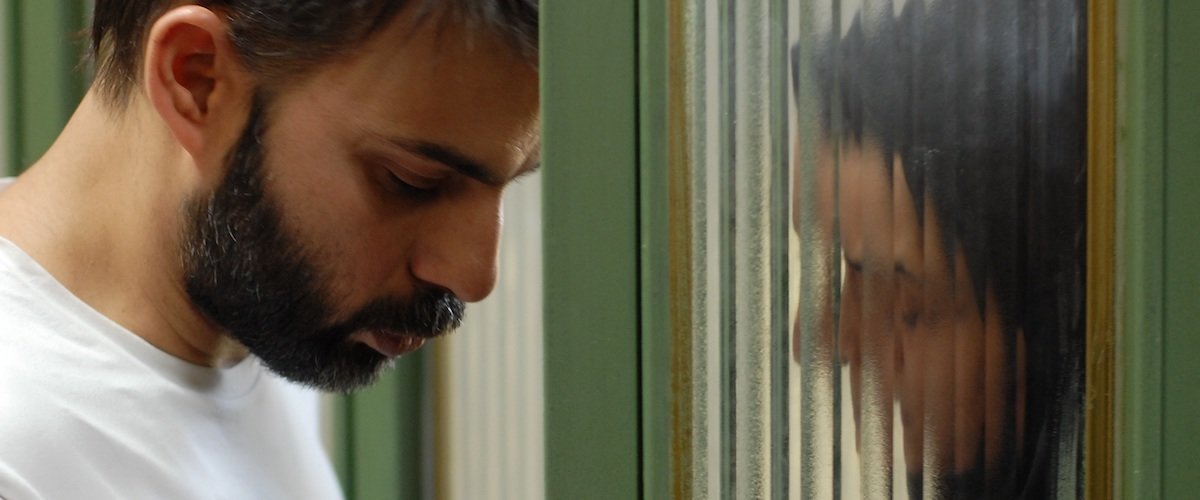
Speaking of world cinema, not including this masterful domestic drama on “best of” lists should be considered a shame. It wasn’t until last year that I finally became acquainted with the films of Asghar Farhadi, and boy was I missing out? While it’s far from accessible or uplifting, A Separation brilliantly uses the breakdown of a young marriage to explore the thorny issues of home and family. Rather than taking sides, Farhadi fully embraces the messiness of divorce and the lack of easy answers, allowing audiences to sympathize with both the mother and the father as they work through a major family crisis in Iran. The simplicity of the premise is key to him finding the right amount of cultural specificity for the story while still having a universal appeal for anyone watching it. With heartbreaking performances and a decidedly unsentimental tone, I would go so far as to say that A Separation is the best divorce film ever made, even surpassing Marriage Story and Kramer vs Kramer.
#9: “The Lighthouse” (2019)

A perpetually drunk worker is forced to stay on a remote island with a Captain Ahab-esque sailor in the 19th century. It’s a very simple premise and setting but in the hands of writer-director Robert Eggers, it is transformed into a stark, deeply unsettling, yet wholly engaging experience of cinema. Utilizing its black-and-white 35mm cinematography to the best possible advantage, you could easily fool someone into thinking that The Lighthouse is a long-lost film from the 1950s recently discovered in a box. They actually built a real lighthouse from the ground up just for authenticity’s sake! Disturbing, darkly hilarious, and unquestionably horny, it’s an incredible film that is sure to alienate most viewers but reward those with patience and an open mind. It also helps that Robert Pattinson and Willem Dafoe give probably the best performances of their respective careers, which is really saying something.
#8: “Dunkirk” (2017)

World War II is one of the most extensively covered periods of history in all of cinema, whether it be on the battlefield or in concentration camps. However, Christopher Nolan decides to change the rules of these conceits, setting it in the aftermath of a battle and never showing the enemy on-screen. In fact, Dunkirk can probably be better appreciated as a period thriller rather than a traditional war film. The intentional lack of dialogue and consistent cross-cutting between different stages (And timeframes) of the conflict immediately puts audiences into the dire situation of over 400,000 soldiers trapped on a beach just 26 miles away from home. It’s truly riveting to see this film in a theatrical setting (I personally got to see it on 70mm) because it brings to life one of the greatest and most life-affirming rescue missions ever attempted by mankind.
#7: “Boyhood” (2014)

Growing up is a really weird experience. People that you think will be best friends with you forever come and go, responsibility forces you to grow up and face the realities of the world, and you give up old hobbies for new ones. That’s the ultimate goal of Boyhood, Richard Linklater’s sprawling and naturalistic coming-of-age drama set over 12 years in Texas. Rather than age the actors with CGI or replace them with older ones, we watch all of the cast members naturally age over an unprecedented period of time through different phases in Mason Evan Jr.’s life. Easily the best aspect of this epic is how it eschews clichés of the genre and instead focuses in on the little moments of life in between huge events like graduation and 16th birthdays. There’s almost nothing else like Boyhood out there and the mere fact that it even exists is practically a miracle.
#6: “Star Wars Episode VIII: The Last Jedi” (2017)
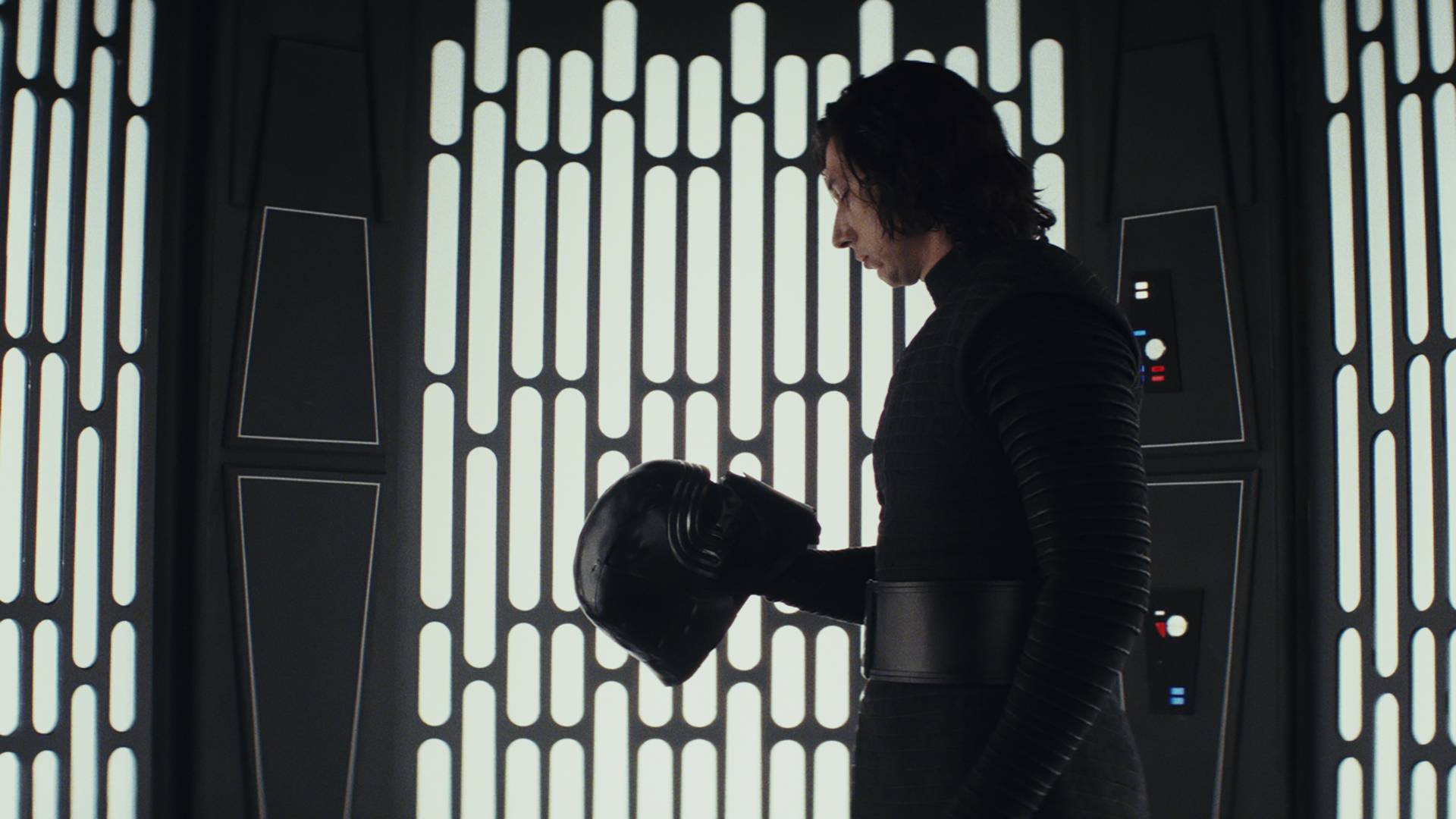
On October 30th, 2012, Disney finalized a deal to buy Lucasfilm and immediately put plans in motion for a new Star Wars movie trilogy. I can still remember lighting up with possibilities because for years, fans had assumed that this franchise’s theatrical life was over. Overall reactions from fans over the new content has been deeply mixed, but I’ve always been a champion of its newfound home, and for me, the new series reached its peak with The Last Jedi. Aside from just looking absolutely gorgeous and giving us an incredible soundtrack by John Williams, Rian Johnson’s sequel understands the right lessons from the original trilogy. It creates meaningful stakes and uncertain conflicts in order to make the characters grow, especially of the older generation. I will defend the new Luke Skywalker to my last breath and watch the Throne Room lightsaber battle for days on end. To quote a very wise Jedi in the film, “We are what they grow beyond. That is the true burden of all masters.”
#5: “Moonlight” (2016)

It’s an utter shame that a lot of people will mostly associate this movie with a colossal fuckup at the Oscars with La La Land. I honestly can’t remember the last time that a film came completely out of nowhere and completely changed the cultural conversation about the intersection between race, masculinity, and sexuality. The real genius of Moonlight is that while it showcases the harsh realities of a gay black man coming of age in urban America, Barry Jenkins and Tarell Alvin McCraney flood every scene with immense empathy and tenderness. Every single character on-screen absolutely shatters their associated stereotypes thanks both to the incredibly minimalist writing and the believable performances from the cast. There are so many moments of quiet between the characters and the narrative is told with such a slow, patient pace that it almost feels like Moonlight came from another realm. This film broke almost every single rule of traditional wisdom in cinema, and the universe has rewarded it greatly.
#4: “Get Out” (2017)

Hearing the initial announcement that Jordan Peele, one half of the hilarious sketch comedy Key and Peele, would be writing and directing a horror movie was baffling. And yet, he completely changed the narrative of horror filmmaking with Get Out, which might go down as one of the most influential and iconic films of our generation. It not only serves as a terrific horror film with some really unsettling imagery, but even moreso as a satire of modern society. Get Out puts the lie of a “post-racial America” under a microscope and exposes the complicity of liberal white people, brilliantly shown where Chris is the only person of color at his girlfriend’s house party. And Daniel Kaluuya easily gives one of the best and most overlooked breakout performances of the entire decade, showing an internal confusion and uncertainty that makes him one of the most rootable heroes in horror movies recently. This was the first of hopefully many more similarly incredible “social thrillers” that Peele offers the world.
#3: “Mad Max: Fury Road” (2015)
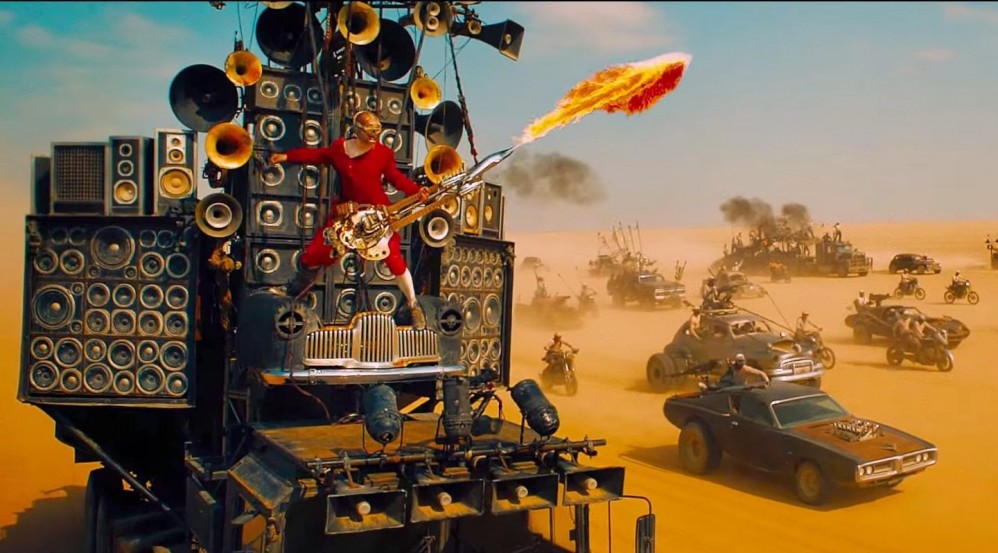
It almost makes me angry how incredible Mad Max: Fury Road actually is. We truly don’t deserve this movie. To think that it took over two decades, thousands of storyboards, and on-and-off Hollywood commitments for George Miller to finally churn out this behemoth is staggering. In an age where action movies have flooded the screen with unconvincing CGI, incomprehensible shaky cam, and paper-thin characterizations, the 70-year-old Australian roars back to show us how to do things right. You don’t even need to have seen the three previous Mad Max films to appreciate this masterpiece because it reels you in with gorgeous practical stunts and a solid emotional throughline. When it’s all said and done, Fury Road is perhaps the greatest action movie of the 21st century and one that still pumps me full of adrenaline every time I watch it.
#2: “Blade Runner 2049” (2017)

My love for Denis Villeneuve had been built slowly over the last few years, but it absolutely exploded after seeing Blade Runner 2049 in IMAX. It would have been so easy for him and Warner Bros. to use the long-awaited follow-up to Ridley Scott’s classic as a springboard to launch a brand new cinematic universe with many sequel and spinoff setups. Instead, this film not only surpasses the original on almost every level, but it forges its own singular path. It almost feels like an unconditional gift from another time period because it defies so many conventions of blockbuster and Hollywood filmmaking and offers an intensely involved story about what it means to be human. And to top it all off, Blade Runner 2049 might just have some of the most beautiful imagery, colors, and visual composition I’ve ever seen in cinema. Every single frame shot by Roger Deakins is a Goddamn painting that I want to hang on my wall and it FINALLY won him his long-awaited trophy.
#1: “Inception” (2010)

I slaved many hours over whether Inception or Blade Runner 2049 should take the top spot on this list. But after careful consideration of the whole decade and the films that populated it, I’ve come to decide that Christopher Nolan’s action mindbender not only set the blueprint for blockbuster filmmaking in the 2010s but it also holds up better than many of the films that have come afterward. What makes this film so unique among the landscape is that aside from proving the director’s power as a name brand, (An original sci-fi blockbuster that grossed over $800 million) it used so many different filmmaking tools to explore its potential. Whether it’s the practicality of the special effects, the electro-orchestral score by Hans Zimmer, or the dynamic production design, it truly feels like it’s a warping story inside the mind. Capped off with one of the most discussed and ambiguous endings in film history, Inception really does capture the best of what the decade could offer and how much further cinema had to go.
Do you agree with my picks? What do you think was the absolute best film from the 2010s? I’d love to hear your thoughts or responses in the Comments below, and if you like what you’ve read here, be sure to like this post and Follow my blog for more awesome content. Here’s to another decade of great movies. Hopefully.





















